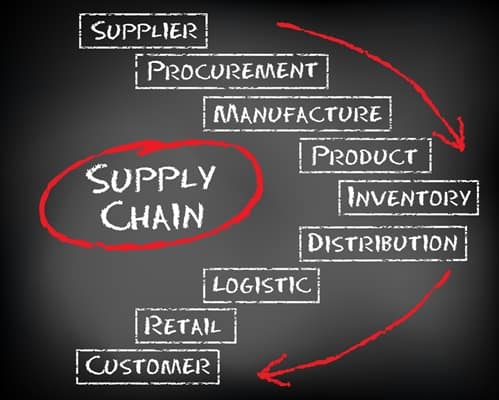The top 5 reasons you should buy Microsoft Dynamics NAV

Microsoft Dynamics NAV is often the first choice for businesses involved in manufacturing, warehousing and distribution, as well as other fields including financial management and accounting. The program has its roots in the accounting field but has grown into other areas since its initial release. This powerful enterprise resource planning software allows for complete connectivity between the back office of a business as well as the production floor. A particularly good choice for midsize enterprises, Dynamics NAV can significantly boost business productivity and help organizations succeed.
Here are the top five reasons for a company to use Microsoft Dynamics NAV:
- It can be hosted in a variety of ways: Whether a business wants to have an on-premise server running NAV or to use remote storage to handle hosting requirements, there are viable options available. Companies that want to have more complete control can get what they want, while organizations that are looking for added flexibility or reduced upfront costs can find those as well. The versatility in hosting allows emerging businesses as well as strongly growing ones to harness all the benefits that NAV provides.
- A high level of financial control: True to its origin as an accounting solution, Microsoft Dynamics NAV provides a high level of visibility into the financial processes of an organization. Microsoft pointed out that new cost accounting features are presented in real time, creating a situation where it’s easier for businesses to decide to make changes or continue along as planned. Instead of having to wait for the end of a group of transactions, a quarter or a fiscal year, companies can become more agile in both the short and long terms. The enhanced ability to not only track but visualize the flow of revenue and spending provides the data needed to make operations more efficient.
- A deep level of customizability: There are a wide range of additional components available for businesses to add onto Microsoft Dynamics NAV, whether they’re involved in manufacturing, warehousing or distribution. Vendors construct modules that add onto the strong underlying framework of the ERP system to provide targeted enhancements. Companies can work with providers to choose the best possible components and craft a versatile, personalized platform that best meets their needs. Organizations can determine their spending levels for both the initial project and future additions ahead of time, spreading out costs while consistently adding functionality.
- Remote access: Employees working from the field, working from home and otherwise outside the main office can access Microsoft Dynamics NAV easily. All that’s needed to see the flows of information and generated reporting is access to a Web browser. European vendor Match Business Solutions pointed out that this low barrier to access makes it much easier to share important information across different employees and teams, whether they’re working in the same building or many miles apart.
- End-to-end utility: Microsoft Dynamics NAV allows for complete visibility throughout an organization, Its wide array of functionality means that information is available for all parts of operations as needed. The utility of NAV extends into the interfaced used by employees. Not only can they access it remotely, they also use the standard interface that is familiar to all users of common Microsoft desktop programs such as Word and Excel. This sense of familiarity also makes it easier to train and educate employees on how to use NAV when it’s first being implemented at a company.


